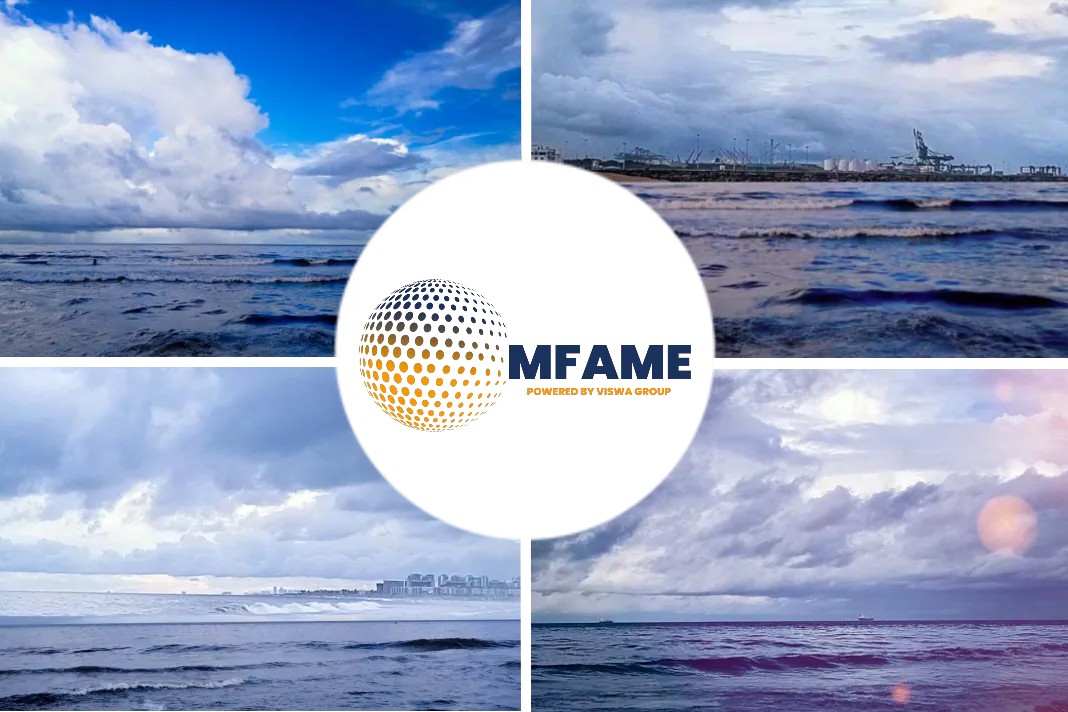
A trial of marine fuel derived from cattle slurry has been successfully conducted by one of the world’s largest merchant shipping companies, as reported by Irish Examiner.
Biogas as a fuel source
A trial conducted in Japan, sponsored by the Ministry of the Environment, showcased the use of biogas from dairy farms as a fuel source for the Ise Mirai cargo vessel. The vessel, powered by liquefied natural gas (LNG), is the first of its kind in Japan. While LNG already reduces carbon emissions by about 25% compared to traditional fuels, this trial explored the potential of further carbon reduction by partially utilizing liquefied biomethane (LBM) derived from farm waste. The biogas, primarily composed of 60% methane and 40% carbon dioxide, was collected from cattle slurry and processed into super-cold LBM, which is considered a carbon-neutral energy source. This innovative approach demonstrates the potential for utilizing sustainable biogas to reduce the carbon footprint of shipping.
Slurry to LBM
The liquefaction of methane allows for its compression to 1/600th of its volume, facilitating large-scale transportation. The use of slurry to produce liquefied biomethane (LBM) serves as a replacement for natural gas extracted from the earth and prevents methane emissions during slurry decomposition. Additionally, it helps prevent excess nutrient seepage into water bodies. The successful trial demonstrated that LBM could be transported via trucks, transferred to moored vessels, and used as marine fuel for LNG-fueled ships using existing infrastructure. This confirmed the compatibility of LBM with existing LNG equipment, as both fuels primarily consist of methane, with LNG containing additional components.
Reducing emissions
The successful trial demonstrated the potential to replace LNG with 360 tons of bio-methane per year, resulting in a reduction of 7,740 tons of carbon dioxide emissions and at least a 60% decrease in total greenhouse gas emissions. The participating companies, Mitsui OSK Lines and Air Water Inc are now expected to commercialize the process. Mitsui OSK Lines, a prominent global shipping company, aims to achieve net zero greenhouse gas emissions by 2050 and is actively deploying LNG-fueled vessels while exploring the use of biogas and synthetic methane. Air Water Inc, with substantial annual profits, will develop technology to facilitate the use of LBM derived from biogas. Hokkaido, a major cattle farming area in Japan, has the potential to produce 300,000 tons of bio-methane annually from dairy cows on numerous farms. The goal is to enhance the infrastructure for optimal utilization of cattle slurry and its derived biogas.
Cattle farmers
Cattle farmers in Japan utilize biogas for power generation, selling excess electricity to the national grid. Air Water Inc initiated Japan’s first LBM production plant in October. In cattle farming regions, LBM offers potential as a domestically produced, sustainable, and clean energy source. It can be used as fuel for LNG trucks, rockets, and boilers, leveraging existing LNG infrastructure without extensive capital investment in the supply chain. The carbon dioxide byproduct of LBM production can also be used to create dry ice and other products. LNG substitutes derived from regional unused resources such as farm slurry, sewage, and food waste are viewed as effective emissions-reducing solutions for businesses, city gas companies, and environmentally conscious cattle farmers.
Did you subscribe to our newsletter?
It’s free! Click here to subscribe!
Source: Irish Examiner
























